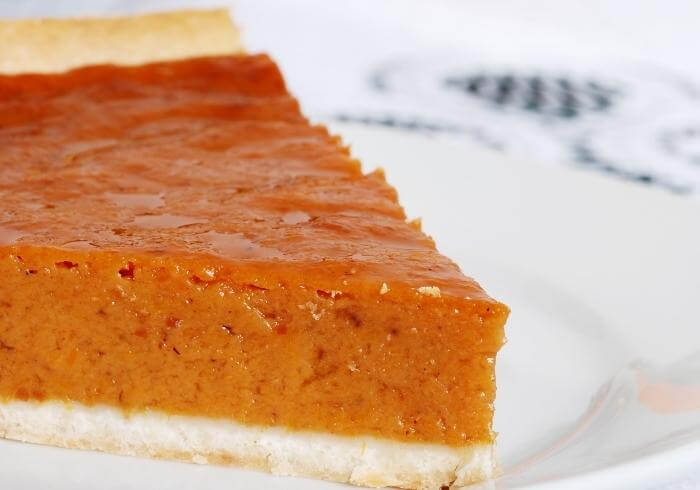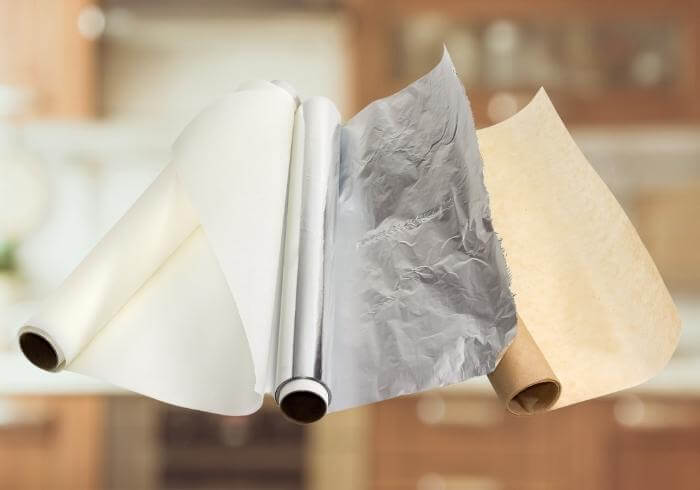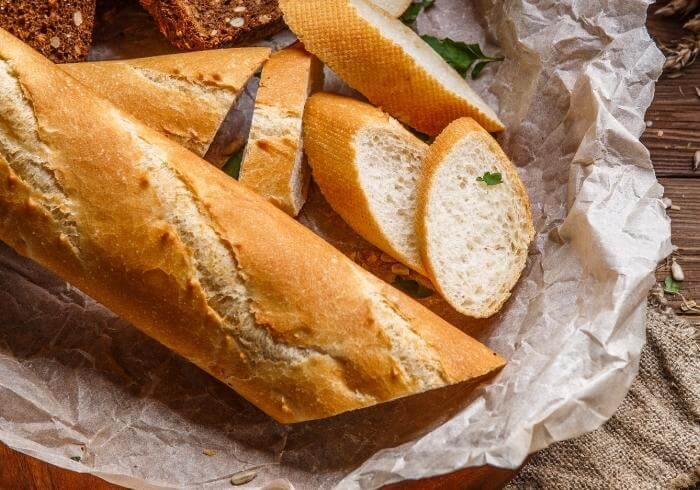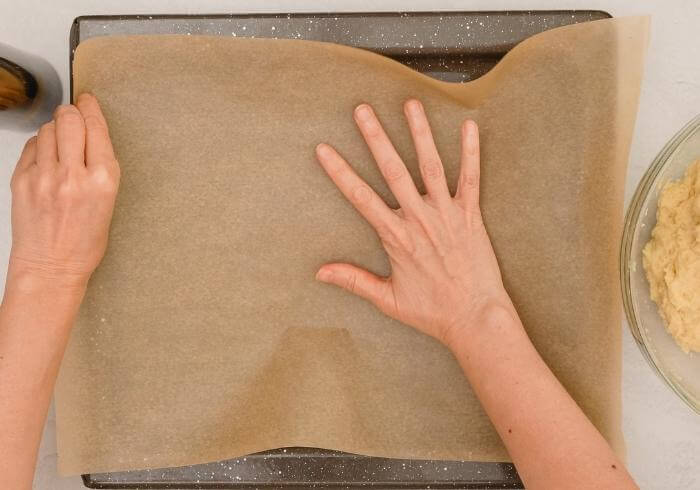You’re all set and have prepared your thanksgiving dinner. But then you take a look at your pumpkin pies and think, why is my pumpkin pie sweating? Is there anything I can do to fix it?
If your store-bought pumpkin pie is sweating, it’s likely because it was moved from a cold environment to a warmer one. It could also be that the pie was packaged while still warm. You can use a paper towel to dab away the moisture.

Homemade pumpkin pies that are wet on top are an indication of weeping. This means that it was over-baked or had too much moisture in the pie filling to begin with. Removing as much moisture as possible with a paper towel is the best way to salvage your pumpkin pie.
If the sweating or pooling liquid is excessive, it may make the crust soggy and a little less appetizing for dessert.
Why Is My Pumpkin Pie Wet On Top?
There are several reasons why your pumpkin pie may appear to be sweating on top for both store-bought and homemade pumpkin pies, such as:
- Moving Your Pumpkin Pie From A Cold Fridge To A Hot Kitchen
- Your Pumpkin Pie Was Covered While Warm
- Your Pumpkin Pie Is Over-Baked
- Too Much Moisture In Your Pie Filling
- Adding Hot Filling To A Cold Crust
A common reason for pies sweating is moving a cold pumpkin pie from the fridge to your countertop in a hot kitchen. Condensation will form and start to bead. And if you leave your pie long enough, water may pool on top. This can lead to a soggy crust if the moisture finds a crack to the sides of your pie, or if it’s sitting on an uneven surface.
When hot filling goes into a cooled pie crust or shell, it can push moisture to the top of your pie. Again, the result can ruin your crust, and whipped cream will likely slide off instead of stick to it.
Overbaking any type of pie will cause problems. One of those problems, in this case, is pooling water on the top of your pie. You might think to reheat your pie for another 10 minutes, but that is going to overbake it and possibly burn your crust.
If you used canned pumpkin puree as part of your recipe, it might have too much moisture in it. It can be a bit tricky to make pumpkin pie filling from scratch because it will thicken as it sets. But if it’s runny while you’re cooking it, it might still need time to cook off extra moisture before cooling.
What To Do If Your Pumpkin Pie Is Wet On Top
If your pumpkin pie is wet on top, you can dab it with a paper towel to remove the excess moisture. This works for pies that haven’t been topped with any other ingredients, and as you can imagine, a bit of a nightmare if it’s already dressed in whipped cream, spices, and other toppings.
A plain pumpkin pie could be put back in a warm oven for a few minutes to help evaporate any excess moisture. However, you do not want to crank the heat because the result will ruin your pumpkin pie quickly.
If you don’t plan to finish your pumpkin pie in one sitting, you should remove the condensation and moisture from the top of your pie because the excess moisture will decrease its shelf life.
Dairy, sugar, moisture, and a warm kitchen are a recipe for pumpkin pie spoilage, including bacteria and mold growth which could cause food poisoning or other serious illness.
How To Keep Pumpkin Pie From Sweating
Almost all pumpkin pies will sweat a little. The best way to help keep your pumpkin pies from sweating is to store them in the fridge after they have cooled. Avoid letting them sit on the counter in a hot kitchen while you and your guests are waiting for dessert.
And you should wait until you’re ready to serve your pumpkin pie before topping it with whipped cream or other ingredients that could slide off when condensation forms.











